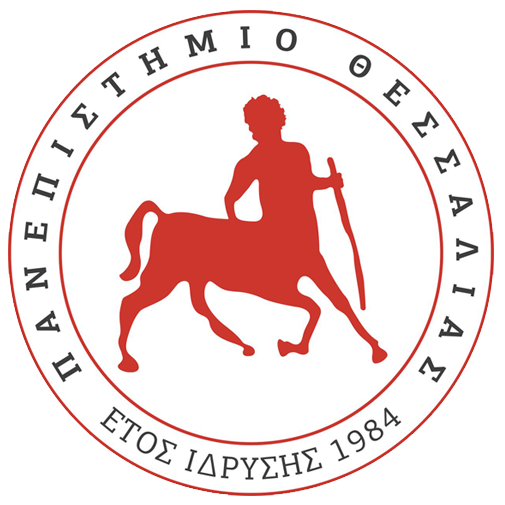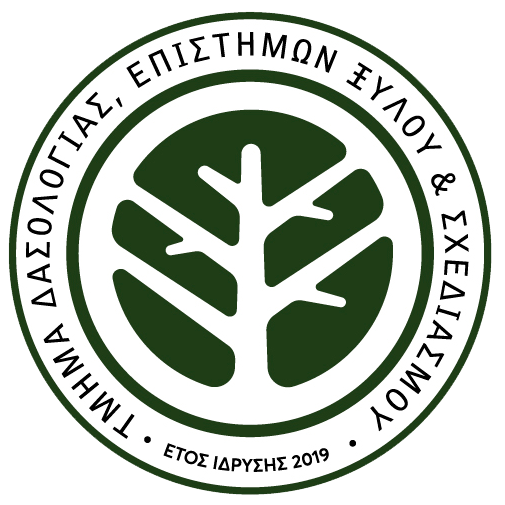Release of Galliformes species is common management practice in Europe and North America. Here, we attempt to synthesise available information on the release of wild-caught and captive-reared galliforms, and discuss how rearing and release techniques affect release success. Galliforms are released into the wild to increase hunted populations with after-hunting-season releases, to establish new populations, to augment threatened populations, and to be used for ‘put and take’ shooting. We conclude that the release of artificially reared galliforms after the hunting season is not suitable practice to increase an already viable population. Release for ‘put and take’ shooting is an alienated form of hunting, and it raises ethical questions. ‘Put and take’ should be strictly examined in the context of wildlife conservation, hunting culture, philosophy and economy. In the case of population establishment and augmentation, translocation of wild-caught birds is by far the best choice. The alternative choice is release of naturally or semi-naturally reared birds and anti-predator trained birds. Galliform release should not be a stereotyped process with many failures, but rather a practice in which correct techniques are used for the pursued aim.
Key-words: Galliforms, human dimensions, “put and take”, rearing, reintroduction, translocation



